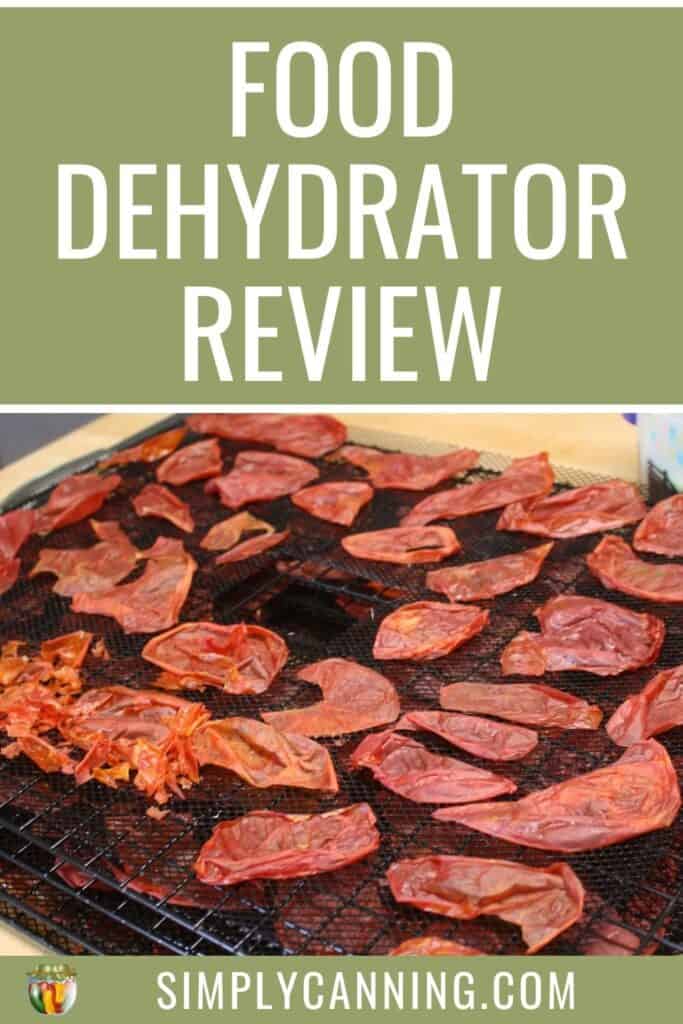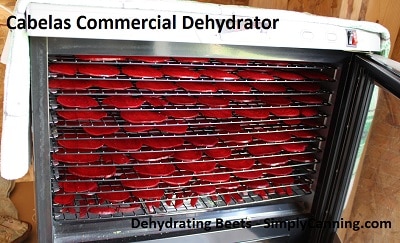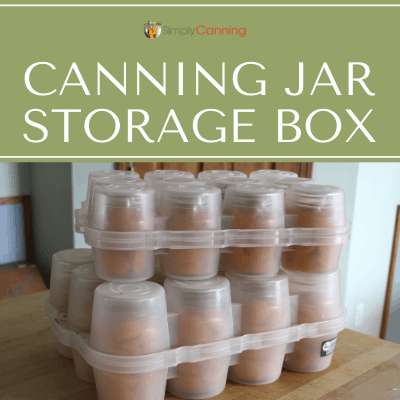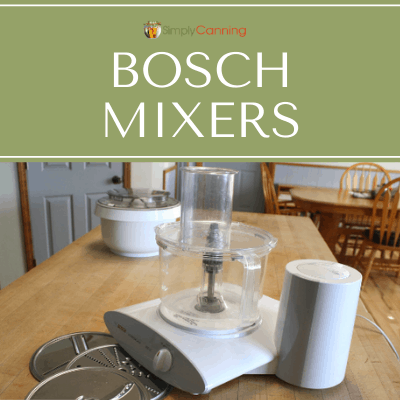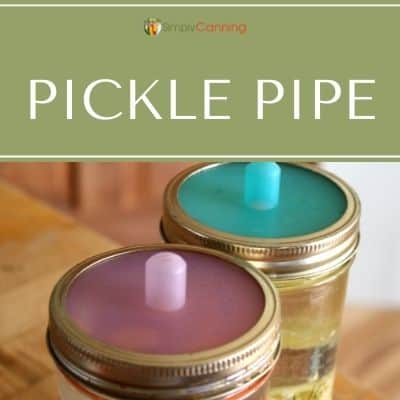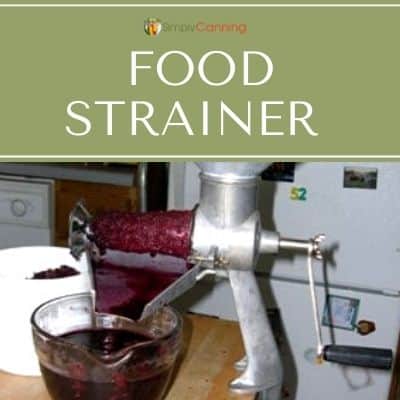Food Dehydrator Review: What is the Best Food Dehydrator for You?
This page may contain affiliate links. More Information.
Food dehydration has been used for centuries as a way to preserve perishable food items such as meats, fruits, and vegetables. Originally they were left in the sun or hung near to dry heat such as an open fire.
You can still do this, but nowadays, the same process can be carried out much more easily with the use of an electric food dehydrator. Thank goodness!
I do occasionally dehydrate foods by hanging in the sun. My very cool husband is researching plans for building a solar dehydrator for me…(can’t you see me rubbing my hands with glee!)
Until then, I love my electric food dehydrator!
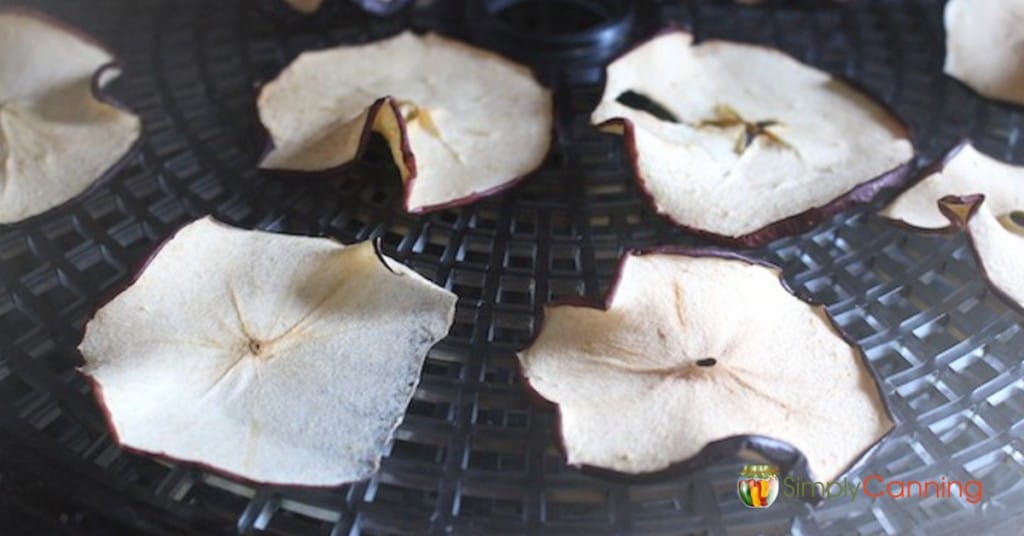
This Page Includes:
Choosing the Best Food Dehydrator for You Needs
There are different types of dehydrators on the market, and so finding one to suit your needs should be easy. Check out the food dehydrator review of the brand you are considering. For example, a person living alone will not need a commercial dehydrator, just as a person planning on filling a pantry for storage will be looking for something a little larger.
Air Flow
When it comes to air flow in food dehydrators, there are two basic types of dehydrators: one that has a vertical air flow and one that has a horizontal air flow.
- The vertical air flow dehydrator can either have the fan at the top or at the bottom of the unit.
- The horizontal air flow dehydrator has a fan that is located at the back of the unit. This tends to give a more even heat throughout the unit, and there is often less flavor mixing between different types of foods when various foods are being dehydrated at the same time.
Between the two different vertical types, the bottom fan version provides a better heat distribution throughout the unit; this version is also thought to be better at heat distribution than the horizontal air flow model due to the simple fact that heat rises.
However, the unit with the fan at the bottom has one large disadvantage. The fact that the fan is located at the bottom means that cleaning of the unit is harder, as when the food is being dehydrated it will drip into it. The unit with the fan located at the top avoids this issue but as the heat will rise the top tray of food will tend to dry quicker than the rest in the unit.
Big or Little Food Dehydrator? What Do You Need?
For those who feel that they will not be requiring a full-size model all of the time, then perhaps the stackable style would be more suitable. This often comes with removable trays so that if only a small amount of food is to be dehydrated, then the other tray levels can be removed, making it more efficient both time-wise and in terms of energy savings.
When there is the need to dehydrate a larger amount of food, then it is simply a case of adding in the extra tray stacks as required. The fan on this type of unit will often be at the bottom.
A box-style dehydration unit usually has removable shelves also, but the unit itself is much more rigid. The fan on this type of dehydrator will often be at the back of the unit or the bottom.
Fan or No Fan on a Dehydrator?
There are also units that do not use fans at all; these are the convection-type dehydration models. The heater is always at the bottom on these units and works by the heat gently rising through the food and drying it out.
There are both pros and cons to using each type of unit. The fan heater runs the risk of drawing in debris from outside the unit and blowing it onto the food inside, although they do the job much more quickly. Convection units are quieter and do not use as much energy.
What Type of Food Dehydrator Do You Use?
Now obviously, I can’t have personally used all the models and brands out there. I personally use and love my Cabela’s Commercial Dehydrator.
And I borrowed an Excaliur dehydrator from a friend to try it out. She loves hers. I tried it and yep… I love it too. Excalibur Food dehydrator review here.
Pin This to Find Later
